Inside SA’s exclusive members-only gentlemen’s Adelaide Club
For 159 years this North Tce club has been an exclusive haven for our city’s most powerful men. Here’s a fascinating glimpse into a world of wealth and privilege few of us will ever experience.
SA News
Don't miss out on the headlines from SA News. Followed categories will be added to My News.
It may be one of Australia’s oldest gentlemen’s establishments, but the Adelaide Club’s inner operations have been a mystery for 159 years.
After The Advertiser revealed former foreign minister Alexander Downer had nominated former premier Steven Marshall for the exclusive club, we take a look inside South Australia’s most secretive men’s organisation – a haven for old-school ties and old family money.
159 years of mystery
It is almost as old as the state itself, having been founded in 1863 – just 27 years after Governor John Hindmarsh arrived at Glenelg in December 1836.
It was formed in the shadows of the failed South Australia Club, which had as members such people as the city’s planner, Colonel William Light, and explorer Captain Charles Sturt.
Located in an National Trust heritage-protected, three-storey building at 165 North Terrace, its famed for its secrecy to the state’s wealthy and elite, who can socialise, or do business, in private.
The main building is virtually unaltered apart from a major renovation at its rear in 1890, according to its website.
In 1963, the Annex was opened on the top floor for mixed dining and in recent years there has been much refurbishment.
Wedged between the Myer Centre and Suncorp building – with Fishbank restaurant and the 2KW bar that members tried to stop in 2018 – nothing outside identifies its existence.
The only indication is a small gold plague above a door bell that states: “non members please ring bell”.
Inside, you’re warmly greeted by staff next to a cloakroom, for coats, but there are strict dress standards even more strictly enforced.
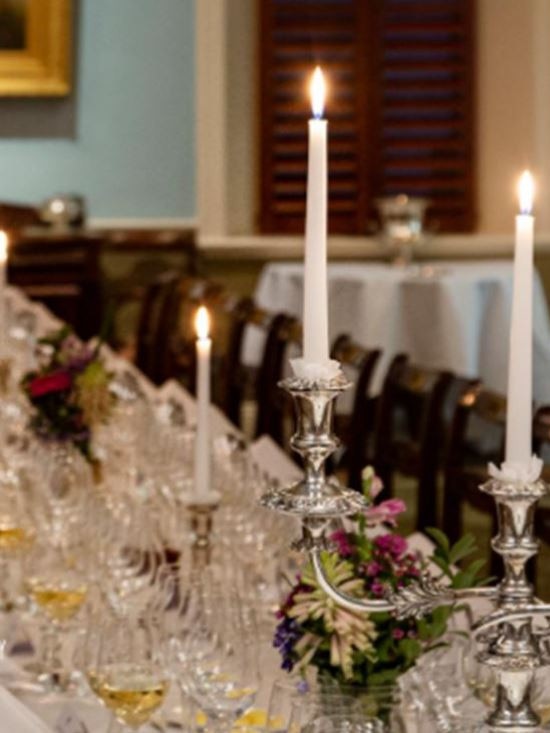
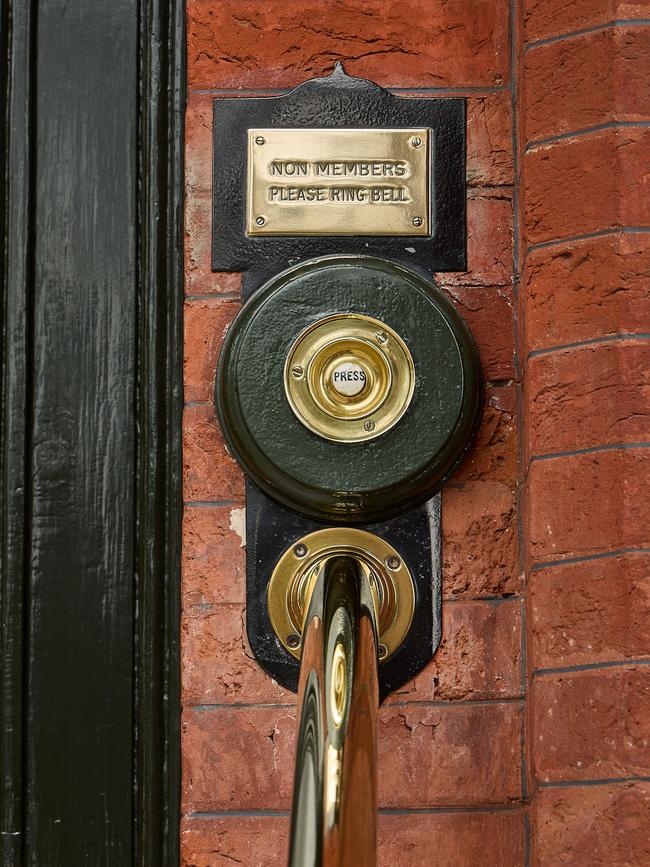
Its website states that a jacket and tie is needed for men and “equivalent standard of dress” for ladies if they are guests in mixed areas.
Smart casual is fine for a downstairs bar and on weekends. Sportswear, denim and polo shirts are banned.
There are several different eating areas, including a “traditional” dining room, silver-service and fine dining in the contemporary-styled annex on the second floor.
MORE: Adelaide’s most exclusive clubs... and your chances of getting in
The oysters and whiting are a restaurant staple and a popular item on the menu, members say. Its cellar is “superb” and excellent value as the club doesn’t put margins on wine.
There is a recently renovated basement named downstairs@165 area with a courtyard atrium, “green wall” and modern bistro-style menu. It is understood women are permitted into this area and, as a result, it is preferred by some members.
There is a bar on the ground floor and bedroom accommodation brought up to standards appropriate for mixed use.
It has a “deluxe suite” with a sitting room facing North Tce, which it bills as “overlooking the gardens of Government House”, two junior suites and six deluxe king bedrooms.
All have ensuite bathrooms and usual hotel trappings such as mini bars, wi-fi and parking.
Government property records show the building’s capital value is $3.475m.
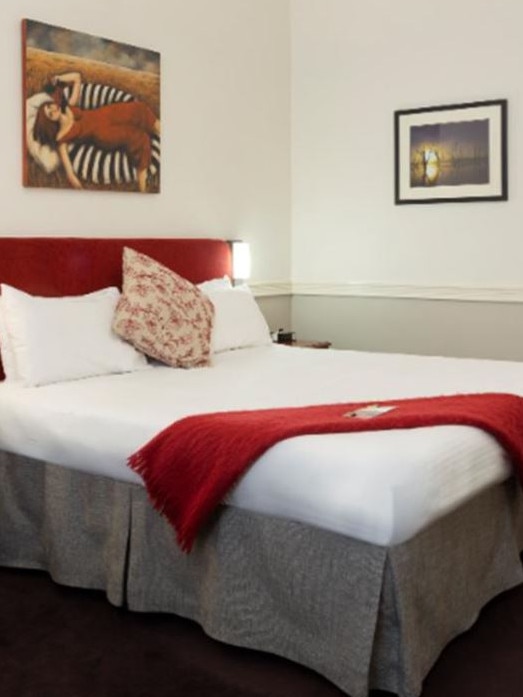
How to join – if you can
There are more than 1500 members – the who’s who of business, political, legal, medical and judicial elite.
Its owner is Green Tree Incorporated, which is a play on the club’s emblem, a native blackboy bush.
Membership, which is open year round, is fiercely protected as is secrecy and their public anonymity. It is a three-stage process to join.
Applicants give an “advance notice of candidature” two months out with a proposer and seconder – both of whom must be members.
A month before, three other sponsors are revealed to members. Lobbying occurs before secret voting.
A candidate is banned from directly lobbying club members, which is left up to his backers to “drum up the required support”.
The official rules state: “A person should be invited to stand for election.
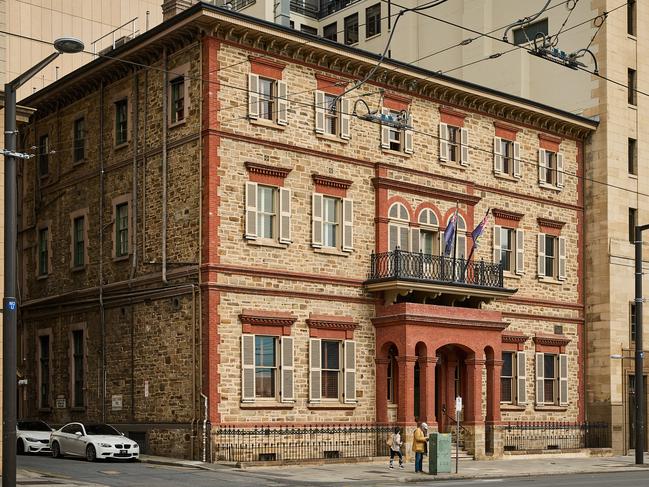
“The proposer and seconder should have known the candidate for some years and must vouch for (their) fitness for membership and that he would be supported in a ballot by the general membership.”
The threshold is also secret but it is thought there is a proportion system via the electronic voting.
It once was for every “no” vote, you had to generate 10 “yes” votes” but it is believed to be now 1/4.
If a member consistently says no to applications, a membership committee asks why.
A joining fee is around $3000 with an annual fee of just over $1000.
In a rare public statement Adelaide Club’s general manager Ben Conrades said it was self-funded.
“The Adelaide Club is a privately-funded club with more than 1500 members, which neither seeks nor receives public funding for its fully member-funded operations,” he said.
“The club does not seek publicity and does not respond to media inquiries.”
The members – and the showdown
Records show its first president was Sir Lancelot Stirling, an MP for half a century who became known as the “Grand Old Man” of state parliament and considered “one of the most notable figures in public life” at the time.
Since then, men with some of the state’s most celebrated names have become presidents.
According to several lists of members, prominent families include Angas – with middle name Fife – Angove, Barr Smith, Bagot, Berry, Bishop, Bonython, Champion de Crespigny, Cudmore, Duncan, Duncan-Hughes, Downer, Hamilton, Hawker, Hayward, Hill Smith, Irwin, Jose, Legoe, McLachlan, MacLachlan, Michell, Moulden, Morphett, Napier, Newland, Rymill, Simpson and Tolley.
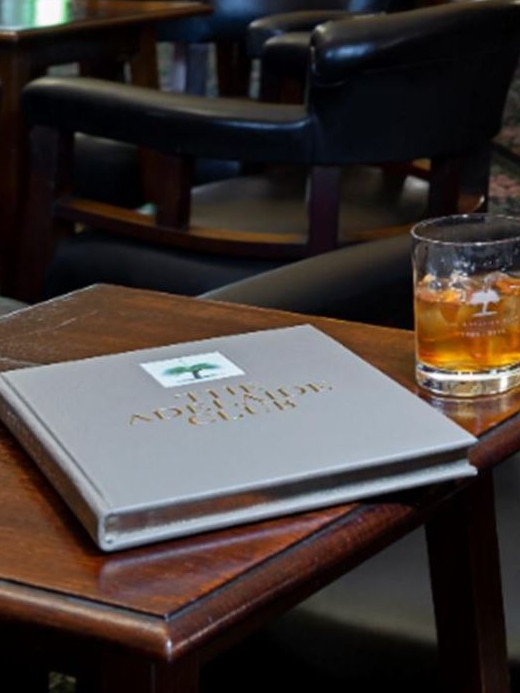
Generations of families have been members.
Much of the membership is comprised of former students of some the state’s most elite private schools.
The executive generally changes every year. It is rare for a member to not be accepted.
Former premier John Bannon withdraw his application after a backlash over the State Bank scandal meant he was not going to be allowed entry.
Sources say an unpopular District Court judge recently faced an application revolt but still managed to join.
Company records show former Adelaide Oval boss Andrew Daniels and businessman Christopher McMichael are current directors of its foundation, which has raised millions of dollars for its upkeep, which is legally required.
Members say one of its attractions is the reciprocal rights with clubs Australia-wide and around the world including several in London – such as Boodle’s, Carlton and East India clubs – New York, Hong Kong or Singapore.
Discretion is also a plus.
One of the highest-powered showdowns in the club’s history was at a meeting on September 13, 2015.
Key South Australian Liberal minister Christopher Pyne pledged support to prime minister Tony Abbott at a secret meeting at the Club, the night before switching allegiances to Malcolm Turnbull.
They met on Sunday, when the then-prime minister confronted Mr Pyne on his apparent switch to Mr Turnbull.
Both Mr Pyne and Mr Abbott supporters say the then-prime minister left convinced that he had the backing of his long-time friend and education minister.
Mr Pyne later insisted he’d been surprised by the swiftness of the coup, which the next day installed Mr Turnbull as prime minister by 54 votes to 44.
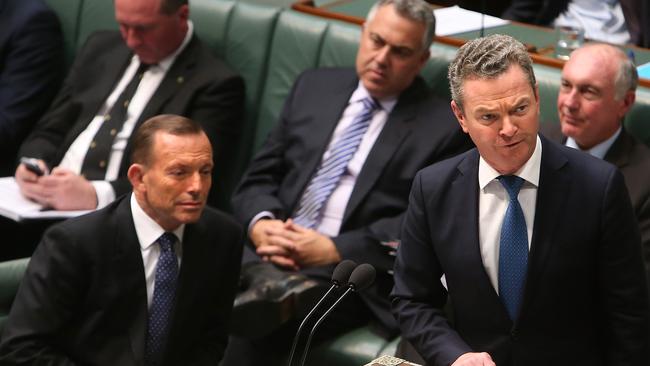
‘Malignant’: The club’s controversies
The club, which prides itself on its English heritage, has strong links to the Masonic Lodge and is said to have once had a veto power over Supreme Court appointees.
It was forced to deny it was racist after a scandal over a rejected application from jeweller Albert Bensimon more than 15 years ago.
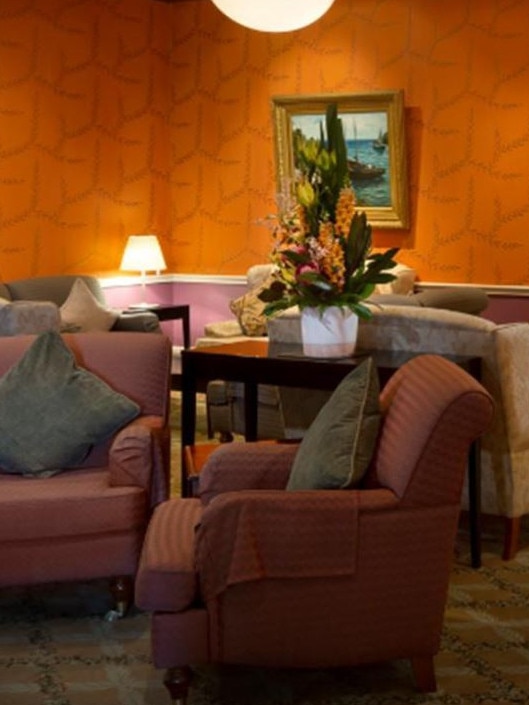
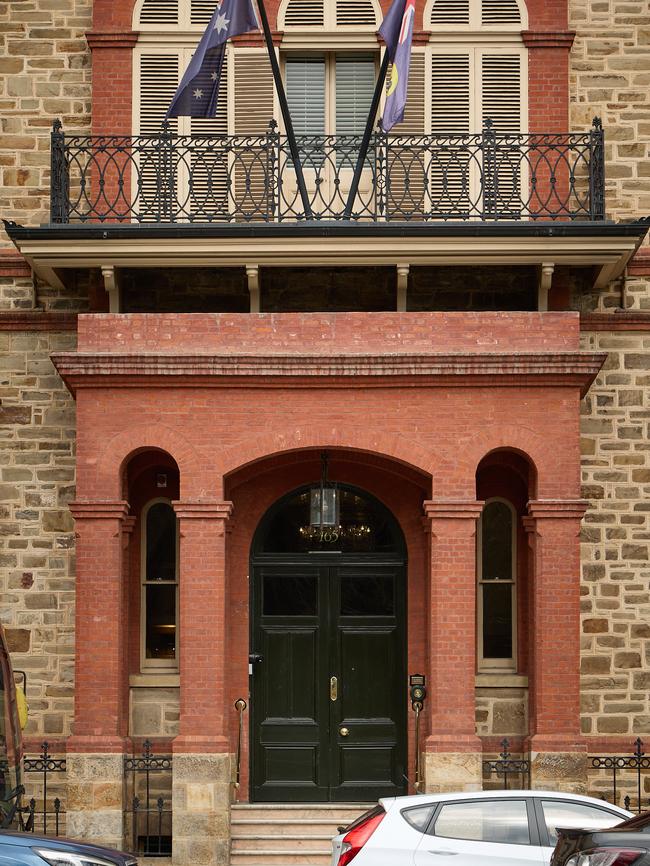
Being refused used to be known as “blackballed” – a term that has since been banned.
The club has faced several racism rows, allegations of which are denied.
Former prime minister Paul Keating once attacked the club’s selection for excluding “a good half of the population”.
But officials also strongly deny claims of sexism, pointing out that its sister Queen Adelaide Club for female members is located two doors east.
Senior members say the club represents modern society and an important only criteria is if the member is a “good person”.
An extract from its official history says it is a social club “characterised by friendliness”.
The club’s recent membership drive to attract younger members has been successful, sources said.
The early 1990s recession hurt it badly and a sharp fall in members, despite the obvious wealth.
The club has boasted governors and premiers as members – former Liberal leader Steven Marshall has applied to join. Governors Sir Mark Oliphant and Sir Donald Dunstan – not to be confused with Labor leader Don Dunstan – were members.
According to former premier Mike Rann, some club members took umbrage at the membership of Sir Doug Nicholls, the first Aboriginal governor.
Mr Rann, who denied the club influenced any of his Supreme Court appointees, said on several occasions his political boss, Don Dunstan, “referred to the most vile racist comments allegedly” made by several senior Adelaide Club members after the Queen appointed Sir Doug as governor back in 1976.
“Apparently this was in relation to a club rule that meant that each new governor was offered honorary membership,” he says.
“Don also said he had been told that some senior members had suggested a rule change because of Sir Doug’s appointment.
“Dunstan regarded the club as a malignant force in South Australia’s political history, particularly in the campaign for democratic reform and ‘one vote, one value’.”
He said he also lumped them in with what he called the “Troglodyte Cave group of arch-conservatives in the Legislative Council” who he claimed over the years belonged to both institutions.
“Don also referred to the club’s declining influence in our state,” he said.
Mr Conrades did not respond to Mr Rann’s comments.
But regardless, intrigue over the club and its membership endures, as will Adelaide’s “establishment” that still wishes to join.





